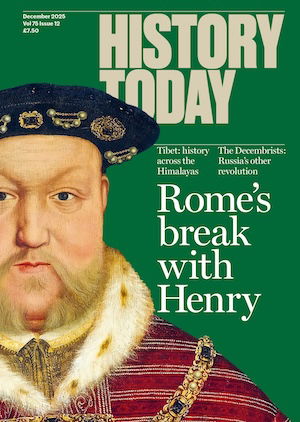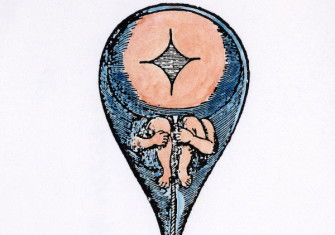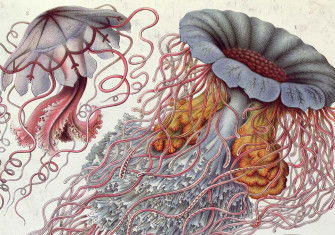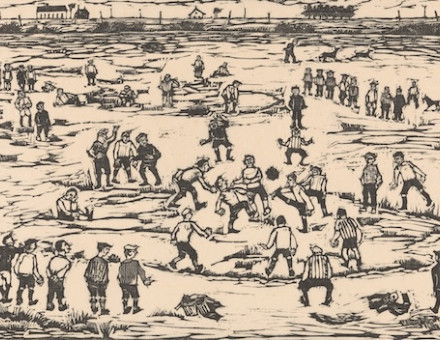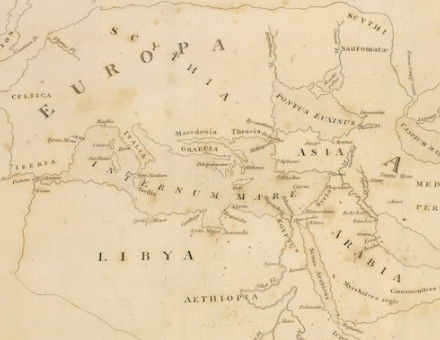The Invention of Microbiology
On 9 October 1676 Antonie van Leeuwenhoek – the ‘Father of Microbiology’ – presented his findings to the Royal Society.
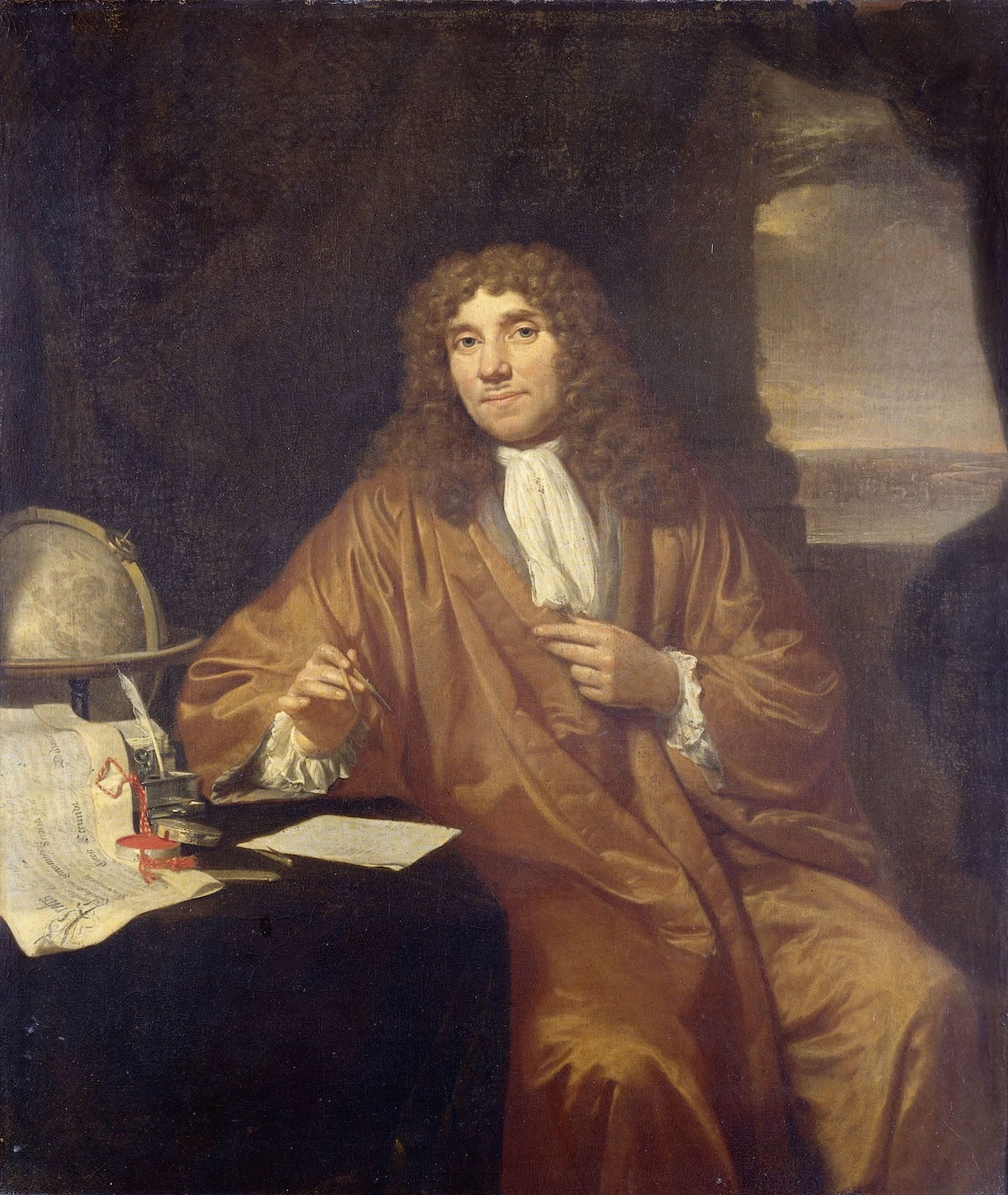
Magnifying lenses date back to antiquity; Nero watched gladiators through ones made of emerald. Antonie van Leeuwenhoek, born in Delft in 1632, first encountered them as an apprentice in the cloth trade which used thread counters to judge the quality of textiles.
In the late 1650s he started making small lenses himself; by the early 1670s he was building microscopes, still a new technology. What drove him on? ‘My own impulse and curiosity’, he wrote. It was a lonely calling: ‘There are in this town no amateurs who, like me, dabble in this art.’ By then he was a civil servant. He worked in his spare time, when his various jobs allowed.
He studied what was to hand: his own sweat and blood, lice and their eggs. He had his own language of comparative measurement: a grain of fine sand, a hair from his head, a silkworm’s thread. Then, in the summer of 1674, he took a sample from a boggy inland lake near Delft. He was astonished to discover that it contained what he called ‘kleijne diertgens’, little animals, or animalcula.
‘The motion of most of them in the water was so swift, and so various … that I confess I could not but wonder at it’, he recalled. Some ‘were above a thousand times smaller than the smallest ones which I have hitherto seen in the rind of cheese’. He had discovered a vast new realm of Creation. He borrowed a method for counting sheep to count his flocks: you estimated the number of sheep walking alongside one another and multiplied that by the estimated length of the flock. On that basis, there were 2,730,000 animalcula in each drop of water.
It took several letters from Leeuwenhoek to the Royal Society to get them to take note of his discovery. ‘We had such stories written [to] us from Holland and laughed at them’, John Locke said. Finally, on 9 October 1676, Leeuwenhoek pulled all his observations together in a long letter they could not ignore. It took them three attempts to replicate the findings.
Later the Society sent Irish physician Thomas Molyneaux to watch Leeuwenhoek at work. ‘His only secret’, Molyneaux reported, ‘is making clearer glasses, and giving them a better polish than others can do.’
